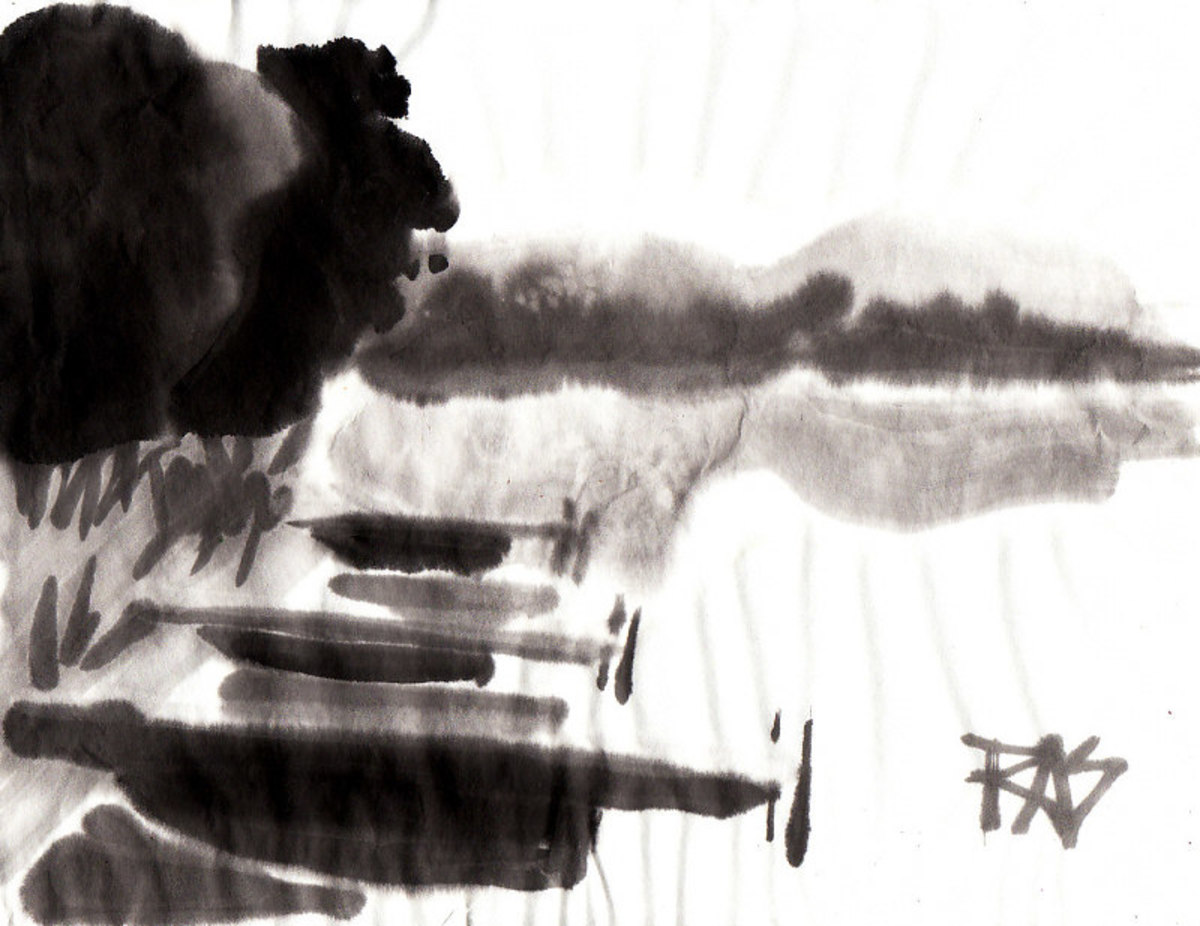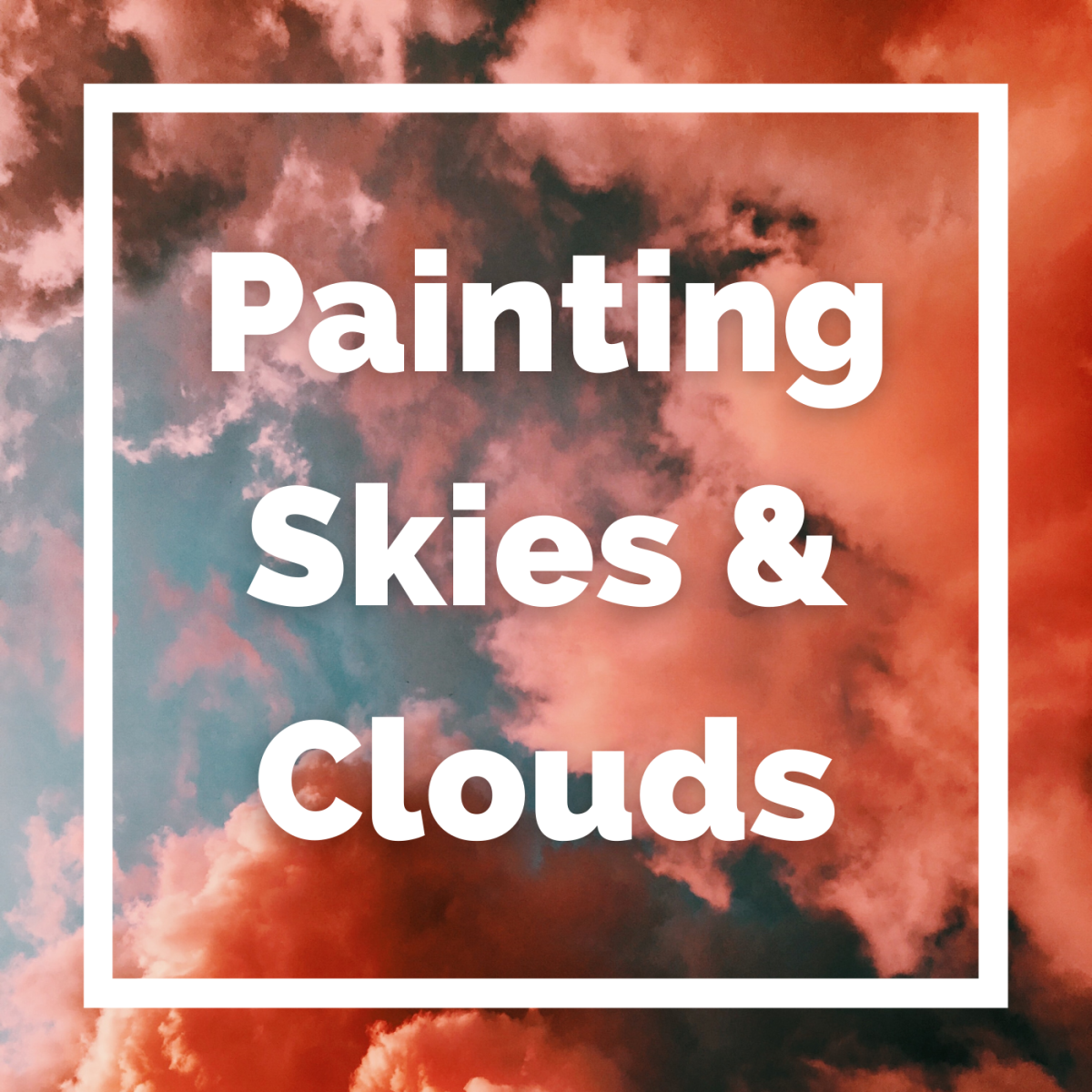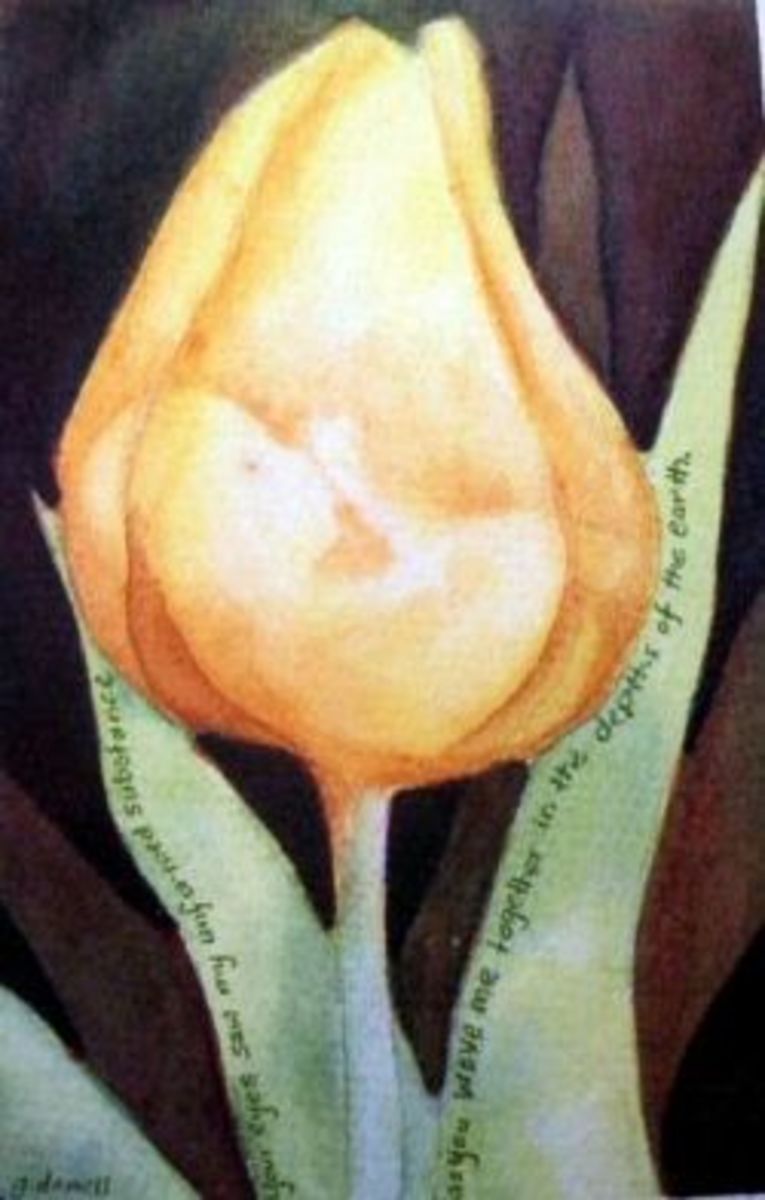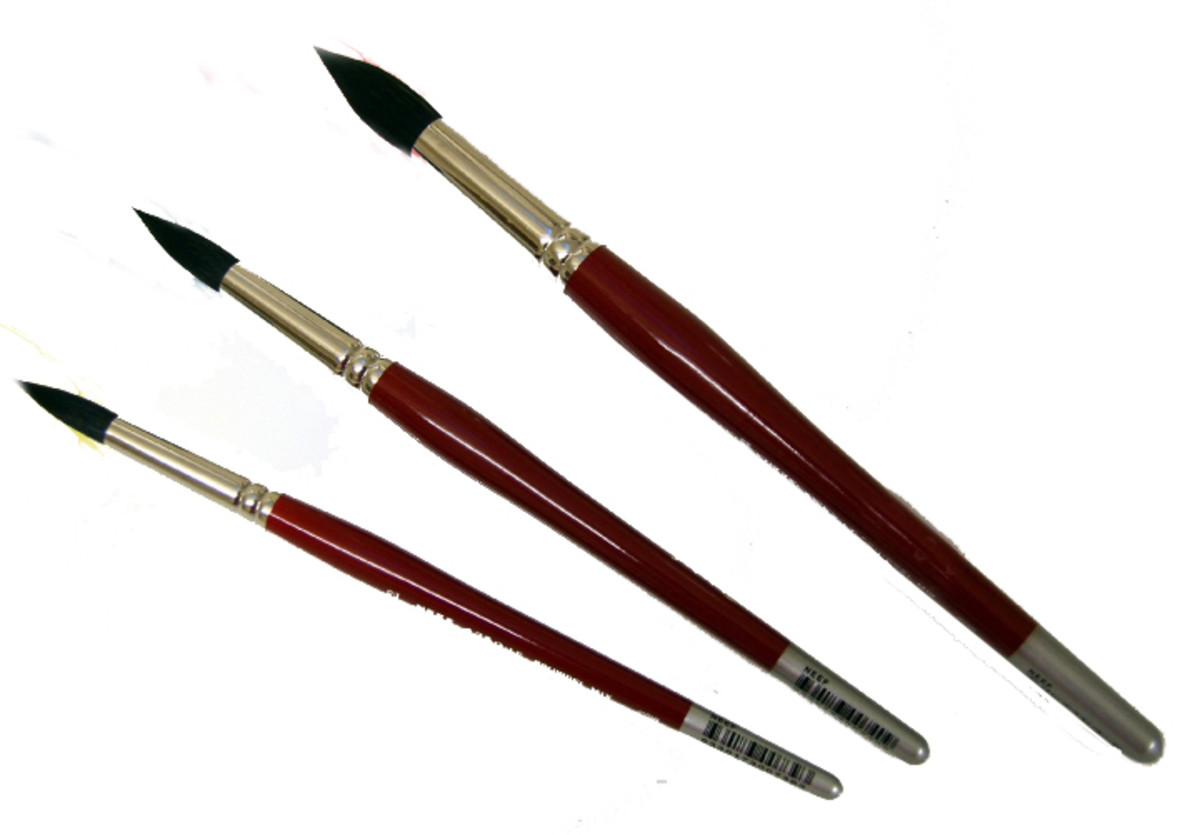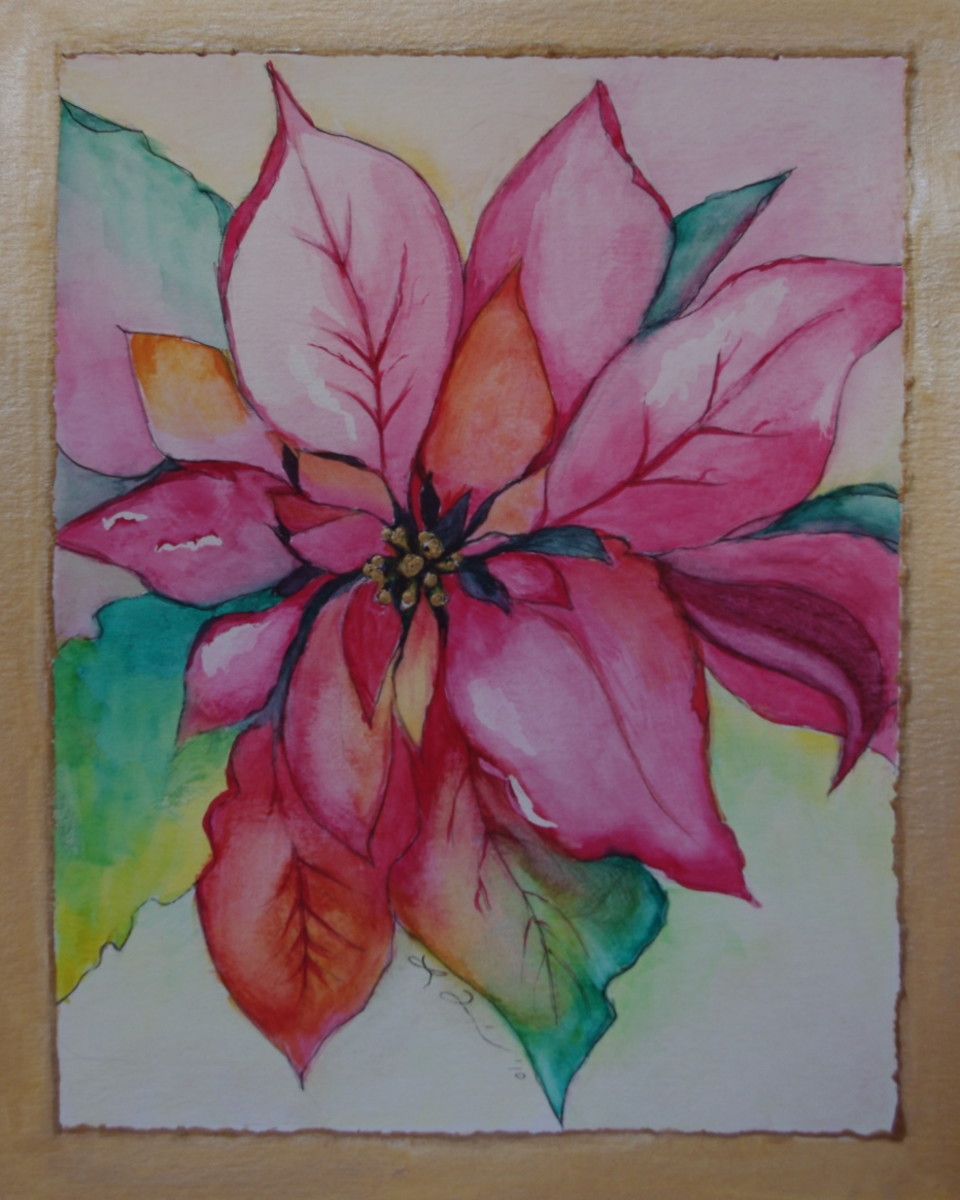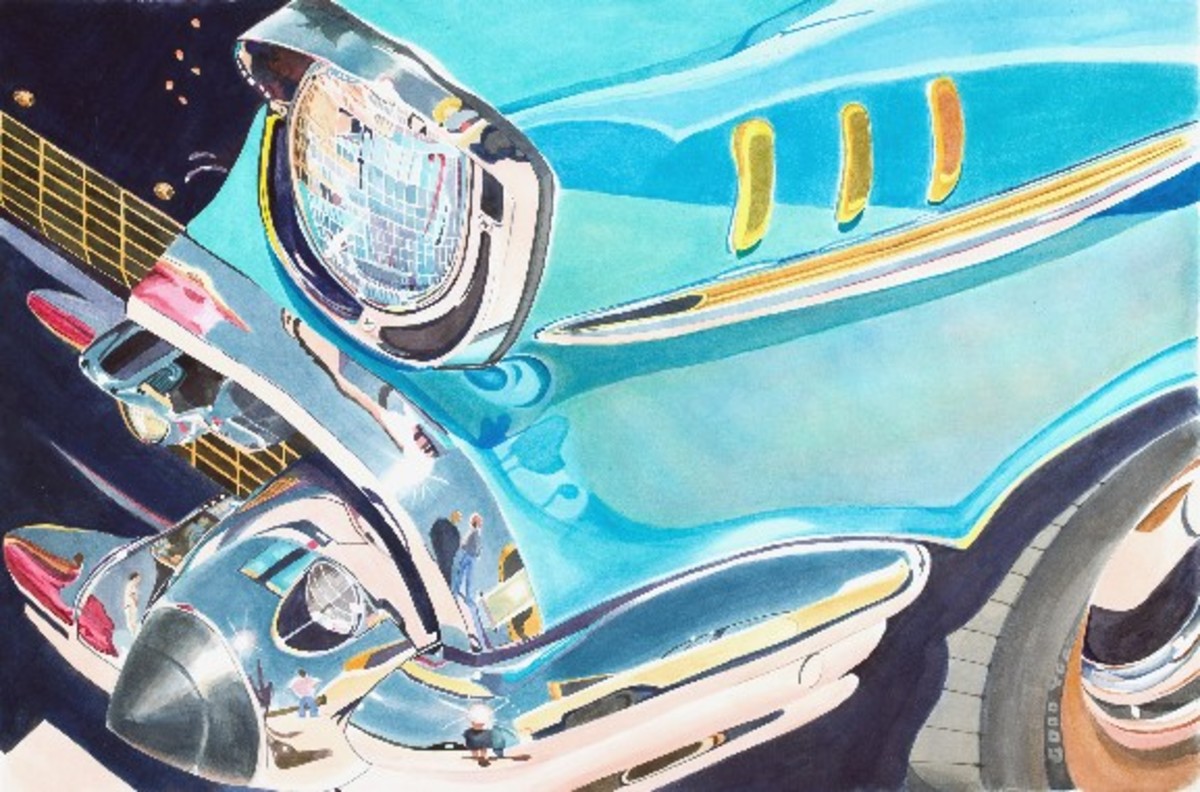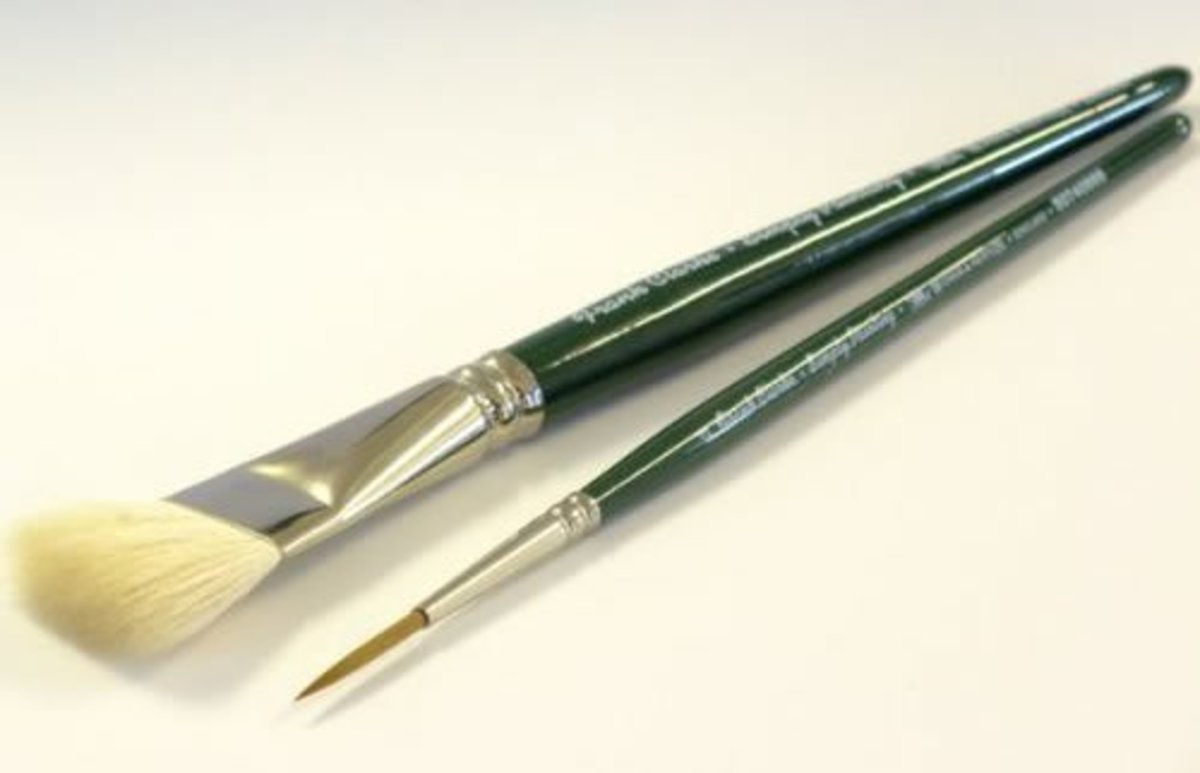Helpful Hints To Allay Watercolor Fears
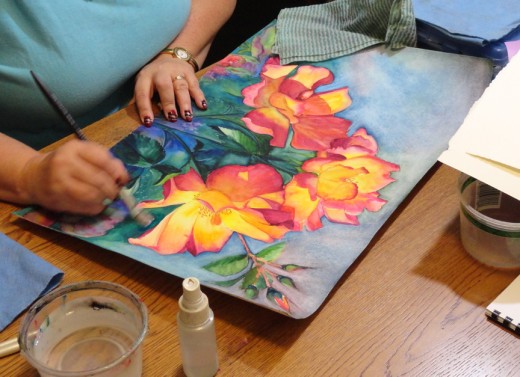
Less Confusing
Watercolor is one of those media that is really convenient and affordable but that people stay away from because of some of the uncontrollable aspects of the medium. Still, there are several things that make it less confusing and uncontrollable. Here are a few hints that I have used that take the guessing out of what watercolor will do on the paper before you start painting.
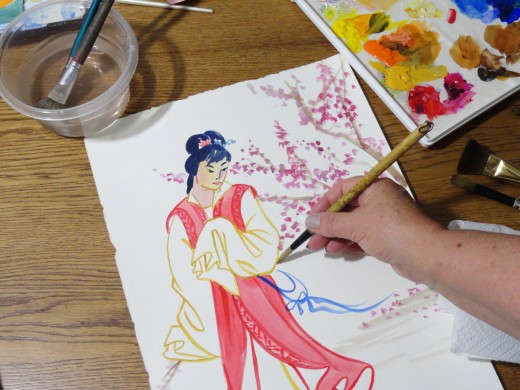
Value Scale and Grey Scale
Every artist should have a value scale and a grey scale. The reason is that if you know what the paint will look like at its deepest and at its lightest, you can make better choices when painting your masterpiece. The grey scale is also important because it helps you to see the lights vs the darks. Your painting should always have 5 to 6 points of value difference. So if it is a light picture, there still needs to be some shadow somewhere.
Make one of your own by cutting a strip of paper about 12 inches by 3 or 4 inches. For the grey scale, divide the paper into 5 or 9 even (about 1 inch) squares or spaces. The first being the darkest, deepest value of black and the last being pure white of the paper. In between these two extremes, paint shades of grey. The middle strip should be middle grey halfway between black and white. This is a guide to help you. The grey scale is important because it forces us to look at our pictures differently. Many people fail to see the full range of value in nature. The common mistake is to paint in middle values and forget that every picture should have at least 5 to 6 degrees of value; that is, there should be at least 5 to 6 values of gray in the picture. Most people use the middle grays or values and leave out the highlights or white-whites and the low light or dark-darks. If you hold up a grey scale to your picture you will more easily see if you have neglected the low lights or the highlights.
Grey Scale and Value Scale
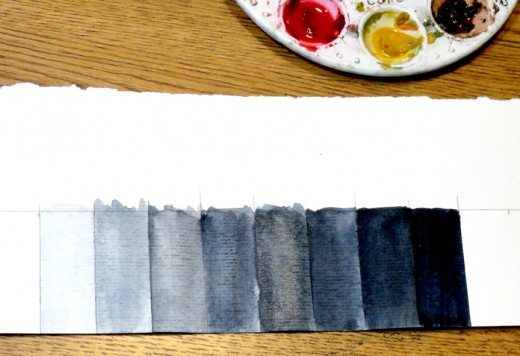
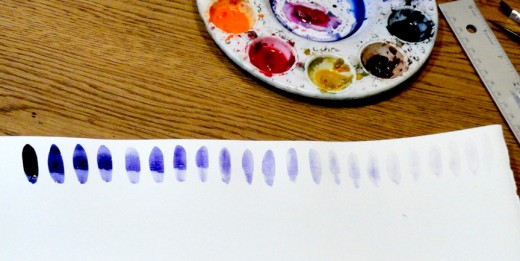
Value Scale
A value scale is not as precise but also valuable. Pick a color (not yellow: too light) and load your brush with this color as deep and dark as you can. If you are using dry paint, stir the paint with your brush ten to twelve times to get as much pigment on the hairs of the brush as possible. Then make a swipe on your paper. This is the deepest value you can get with this color. Do not add any more paint from here on to your brush. Dip your brush into the water and drag it across the rim of the cup to remove any "drip" factor and make another swipe on your value scale paper next to the first one. The value should be a little lighter. Dip your brush into the water again and remove any drip before making another swipe on the paper. Keep doing this until the swipe on the paper is nearly clear water. This is the amount of value you can achieve from this one color. You should see the deep value, medium value and light value on one paper.
“The artist must train not only his eye but also his soul.”
— Wassily Kandinsky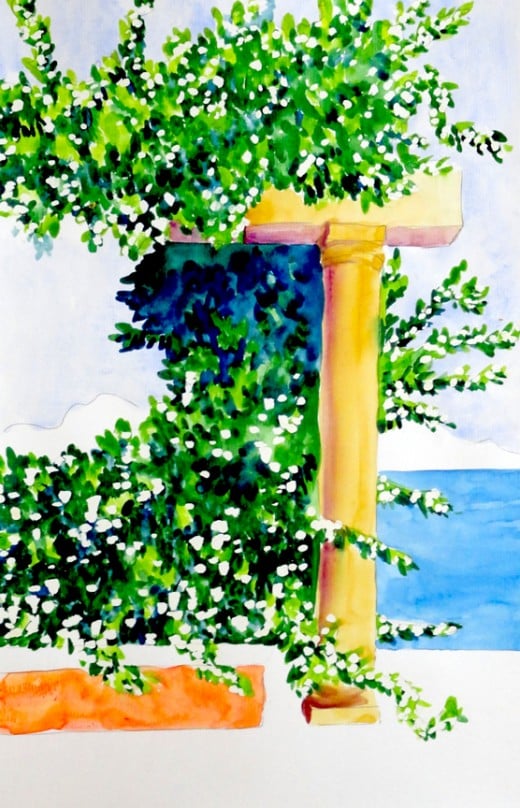
Masking Fluid
One thing beginners have a real problem within watercolor is white. There really is no white watercolor. To achieve white, we must leave the space blank—the paper is white. For that, you have to plan ahead and decide where the whites are before you begin. That can be easier said than done. Often the white space you want is very small. For this, there is Masking Fluid.
Masking fluid is applied to areas you want to stay white such as the whiskers and eyelashes on these zebras. Sometimes I will mask out flowers and then I am free to paint green leaves everywhere. When I remove the mask the white paper is saved for me to paint the flowers any color I like. Once I painted most of the paper a light wash of tan or yellow ochre and then decided to mask the whiskers on a donkey before painting the rest of the donkey. When I took off the mask, the whiskers were perfectly tan already.
“Every child is an artist. The problem is how to remain an artist once he grows up.”
— Pablo Ruiz Y Picasso
Masking Fluid Use
Masking fluid is a rubbery polymer substance that dries quickly and can be peeled off the paper easily with rubbing or picking up with a rubber cement eraser (available at most art stores). You paint the masking fluid on with a cheap nylon bristle brush or an old synthetic hair brush. That way if it is ruined, it is not a real loss. If there is nothing else to use but one of your good brushes, you must first coat the bristles of the brush with hand soap. Then dip into the masking fluid and paint for a short while (no more than 5 minutes). You must keep rinsing the brush and then reapplying the soap before dipping into the masking fluid if you want to save the brush from ruin. Wait for the masking fluid to dry completely before painting with your watercolors.
Paint all around and right over the masking fluid without worry. After the paper is completely dry you can lift the masking fluid off. It peels off like rubber and is as satisfying as peeling dried white glue from the palm of your hand.
Don’t forget your masking fluid on the paper. After a couple of months, the rubbery substance turns hard and crisp and becomes immovable. Below is what is left of masking fluid I painted on these egrets and forgot about them until several months later. Ruined.
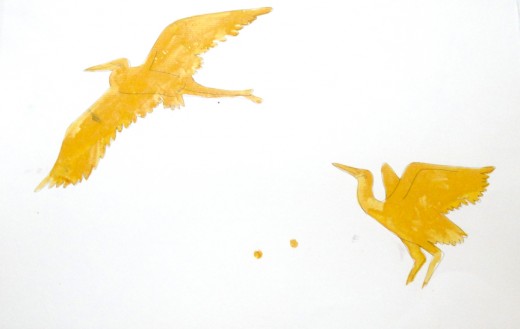
Creativity is not a mood. Creativity is not a gift. It’s the very Nature of God inside of you.
— Dan McCollam
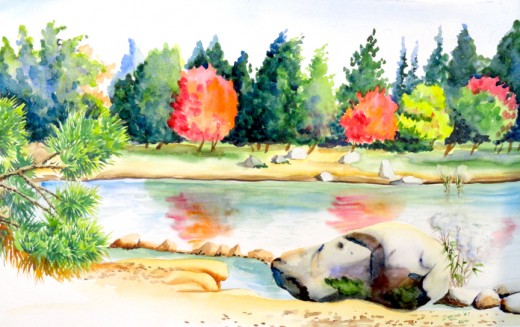
Paint and Brushes
What we paint with makes a difference in the outcome of the painting, so I start with the tools of the trade. Artists have their favorite color combinations and his/her favorite brushes, so it seems a little presumptuous to tell you, which you should buy and use. With the thousands of brushes on the market and the dozens of colors and brands, it could get a little confusing at the start. I will list here my favorites and hope that as you get more confident, you will experiment with some of your own choosing.
My favorite paints are Winsor & Newton Cotman series colors in tubes and travel pans. I used to swear by real hair brushes, especially sable brushes for watercolor. However, these days the synthetic brushes made for watercolor are just as nice if not better at times. Make sure the brushes say they are for watercolor and you can’t go far wrong.
The purpose of art is washing the dust of daily life off our souls.
— Pablo Picasso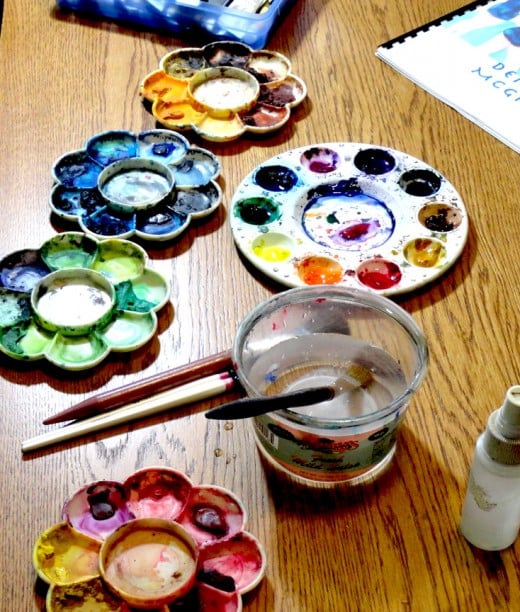
Final Thoughts
I hope these few hints have been of help to the beginner. I would be happy to answer any questions you may have. Feel free to ask in the comments below and happy painting.


